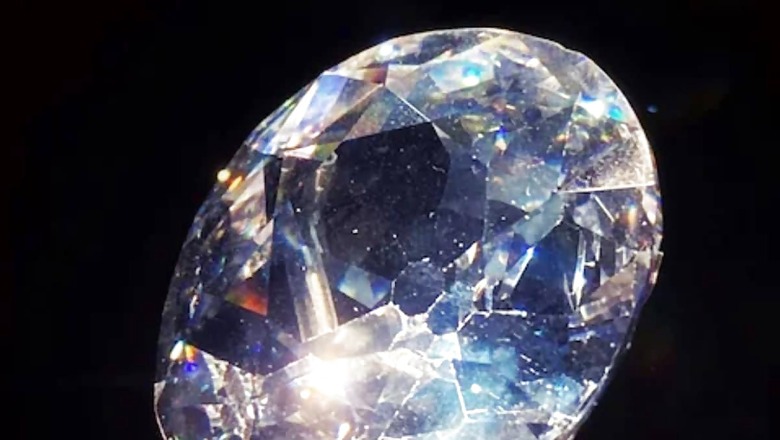
views
Researchers may have found the true origin of the Hope diamond, the Koh-i-noor and other famous flawless gems. Known as Golconda diamonds, these diamonds are characterised by having few inclusions and very little nitrogen, making them very clear and free of sparkling flaws. They are also very large. The Koh-i-noor – now part of the British Crown Jewels – weighs a whopping 105.60 carats. The Hope diamond, housed in the Smithsonian’s National Museum of Natural History in Washington, DC, weighs 45.52 carats. Discovered in South India between the 16th and 19th centuries, these diamonds come with a history of colonialism and controversy. Most of them are now outside India. These diamonds also have a larger-than-life appeal. The Hope Diamond, for example, is believed to be cursed. The same is true of the Regent Diamond, now in the Louvre’s collection. This diamond is also said to have been smuggled out of a mine by an enslaved miner who hid it in an open leg wound. The Golconda diamonds were found in what are known as placer mines, shallow pits dug in river sediments; the diamonds were carried to the river banks with those sediments.
Diamonds come to the Earth’s surface in large volcanic eruptions called kimberlites. No one knows where the kimberlite rock from which these diamonds are found. New research published on March 15 in the Journal of Earth System Science suggests that the diamonds could have come from the Wajrakarur kimberlite field – which is now in Andhra Pradesh, up to 300 kilometres from where they were mined.
But the results leave some uncertainty, according to Yaakov Weiss, a geochemist who studies diamonds at the Hebrew University of Jerusalem. The researchers studied the geochemistry of common diamonds from the lithosphere, the solid crust and upper mantle of the Earth, and found that the Wajrakarur field could contain diamonds. The Golconda diamonds, on the other hand, form deeper in the mantle, perhaps even in the transition zone near the Earth’s core. “The analysis is mostly for lithospheric diamonds, and we believe the larger diamonds come from a deeper part of the Earth,” Yaakov Weiss, who was not involved in the research but peer-reviewed the paper for publication, told Live Science. “So there is still some uncertainty,” he added.
To determine the origin of the Golconda diamonds, Hero Kalra, Ashish Dongre and Swapnil Vyas, all geoscientists at Savitribai Phule Pune University in India – studied the chemical signatures of nearby kimberlites and lamproites, rocks that come from the base of the crust and upper mantle, where most diamonds form.















Comments
0 comment